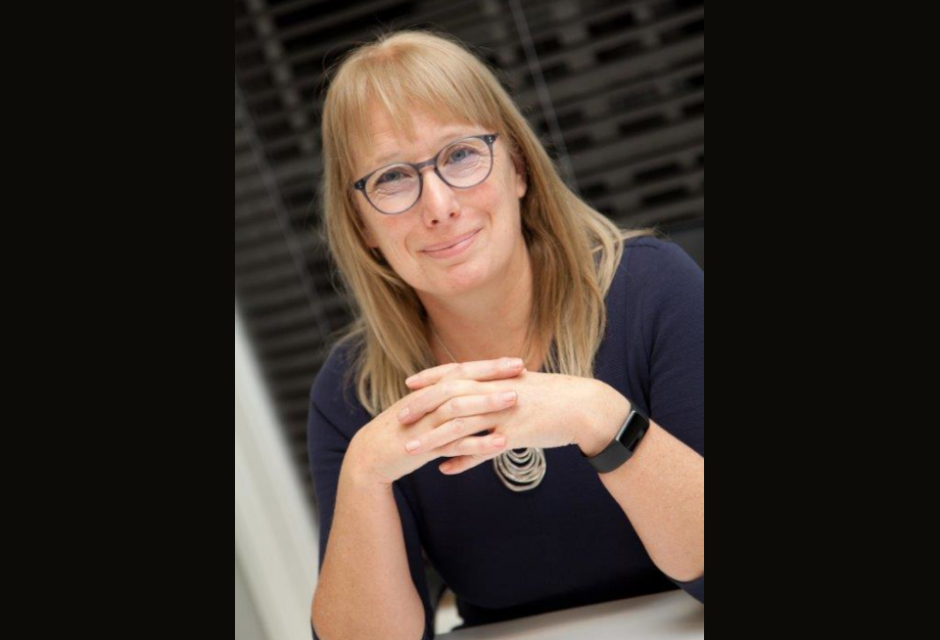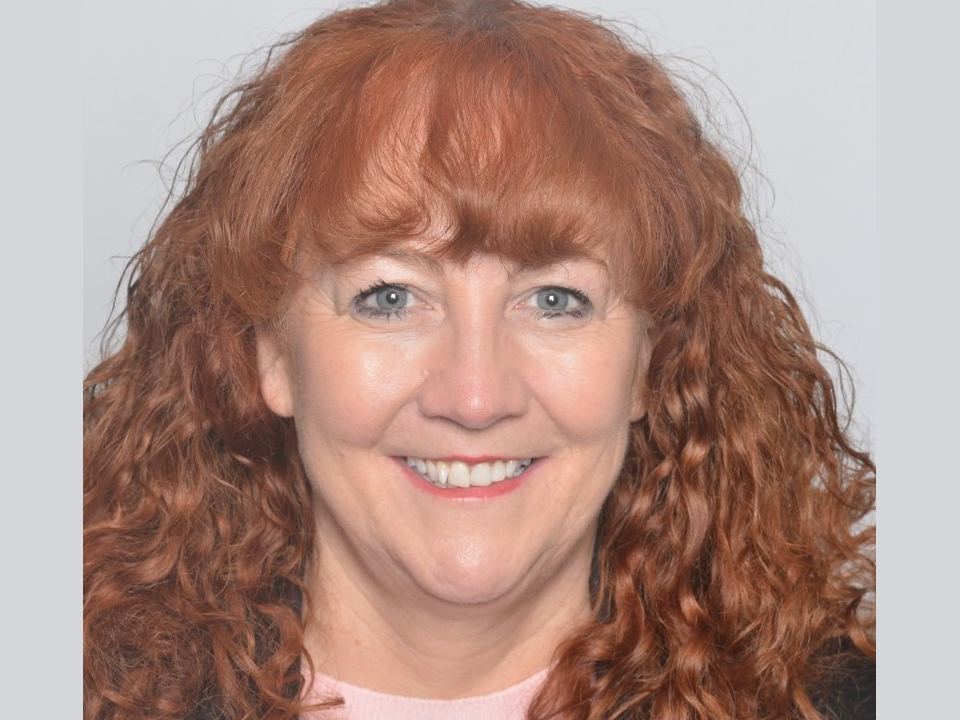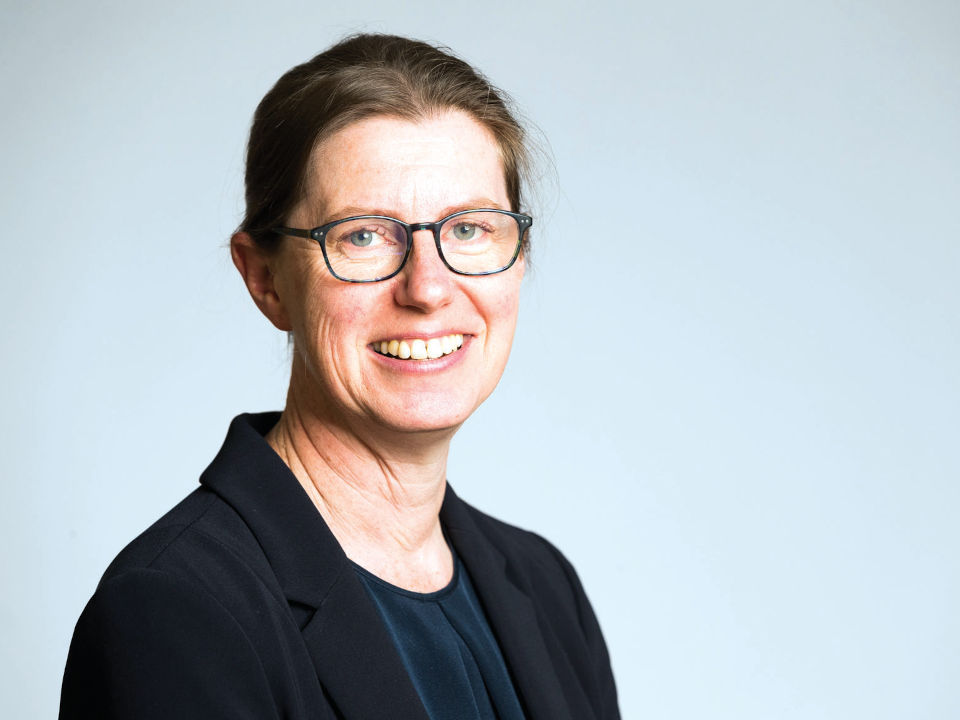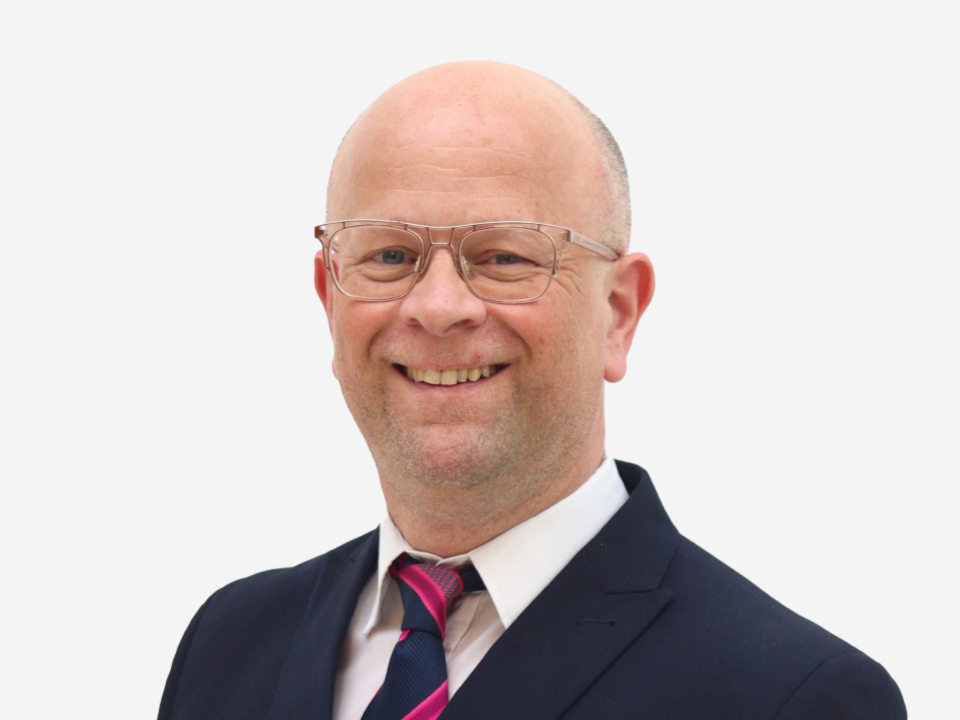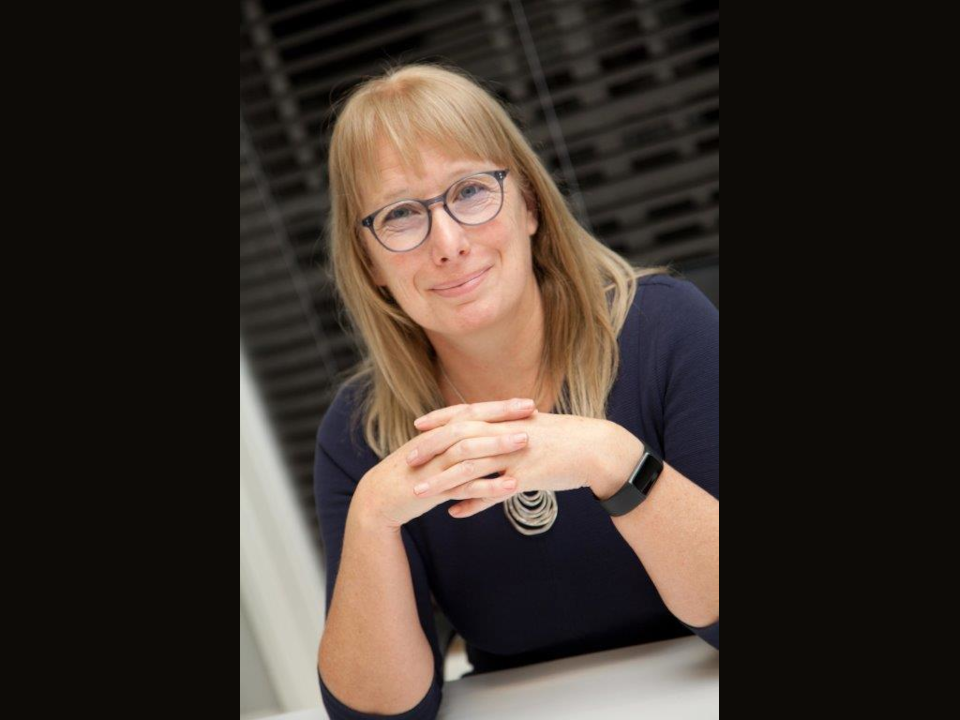
Helen Lincoln
Chair of the ADCS Familes, Communities & Young People Policy Committee
Executive Director, Children, Families and Education
Essex County Council
Last week, I had the absolute pleasure of attending and speaking at our Eastern Region’s first-ever Early Help Conference. It was a delightful affair with representatives from every local authority in the region. The conference featured three keynote speeches, including one based on lived experience, and nine workshops run for and by our local authorities. Each workshop highlighted an aspect of early help that they excel in, covering a wide breadth of topics, sharing top tips, and best practices.
Becca Dove, vice-chair of the ADCS Families, Communities & Young People Policy committee, aptly described early help as a “jelly phrase” - nice to say but hard to pin down, with everyone having a different interpretation of it. Indeed, there are nine separate national government departments and agencies leading various aspects of the early help prevention agenda. This results in nine policy directions, nine approaches to guidance, different targets, reporting requirements, and multiple funding approaches, adding layers of complexity to early help.
I am certain I am not alone in my keen interest in how the ‘families first for children’ pathfinder authorities are navigating and shaping the future development of early help. Every local authority has some form of early help, early intervention, prevention, early action, family support, or family help in place. Each area’s approach is unique, shaped by its history, resources, challenges, and partnership landscape. However, it’s not yet comprehensive, with significant gaps in the community safety net, and it cannot be a panacea for addressing disadvantage.
What our nine workshops had in common about early help - regardless of what you call it - is that it is a collaborative effort. It embodies the principle of doing “with” rather than “to.” It is often very practical and always pragmatic, undertaken with the consent of children and families. The workforce in this space is broad, multi-skilled, and multi-disciplinary, with the voluntary, community, and faith sectors playing crucial roles. Relationship and solution-focused approaches are at the heart of what everyone has developed. Despite some criticisms, the Supporting Families programme is a lifeline and, for a growing number of authorities, represents the totality of local early help funding.
For me, a piece of mental gymnastics is required to simultaneously consider where we are now and where we want to be. Reforms across all nine government departments and agencies need to be integrated, and the potential for unintended consequences is significant. We must also be honest about the difficulties of raising a family. Parents, carers, and their children are navigating unprecedented risks and harms in real-time - from social media algorithms pushing worrying content towards children, school bullies invading homes via mobile phones, to the health impacts of pollution and climate change. The UNICEF report, “A Tumultuous World through Children’s Eyes,” highlights the complex pressures young people face. No two generations have the same childhood, and today’s children experience vastly different realities from their parents.
Everyone - parents, carers, children, and professionals - turn to the internet for solutions. There is more we can do in this space, but we need to tackle misinformation, conspiracy theories, distrust of digital media, and growing concerns around artificial intelligence. A properly recognised and accredited national website offering parenting advice would be a good start.
Early help, with all its “jelly phrase” challenges, presents a significant opportunity to help childhood go well…and a major policy moment to make a real difference.


